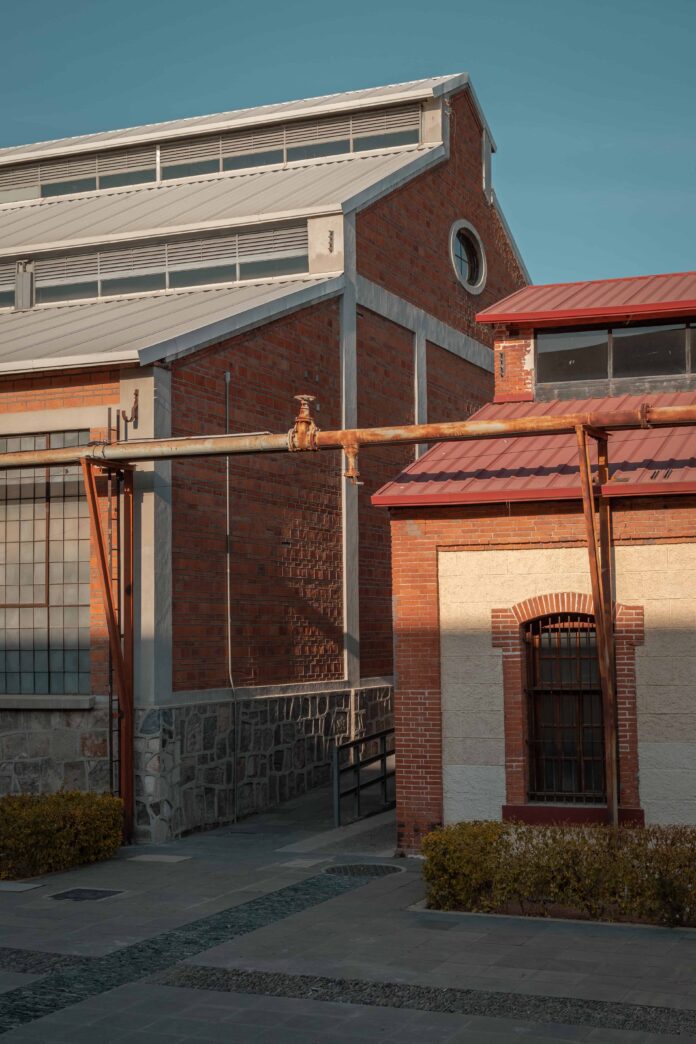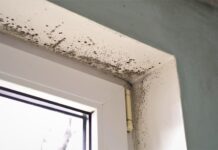Selecting the appropriate control valve is only half the battle in any process control system; proper installation is also crucial. Because it is not always the case that a control valve, which has been carefully chosen, will perform as expected.
The skill of the engineer responsible for the piping design is crucial, alongside the correct choice.
Looking for advice on How To Set Up And Maintain Your Control Valves Properly? The steps necessary to properly install a high-pressure control valve are outlined below.
- Install Isolation Ball Valves
Ball valves should ideally be installed on the control valve’s upstream and downstream sides. This is the best practice.
To perform control valve maintenance on a valve, you must first release all pressure from the upstream and downstream sides. Using ball valves simplifies this process, known as the “double block and bleed.”
- Verify The Failed State
Confirm that the control valve’s fail position is suitable for the intended use. Before applying any pressure to the valve, it is best to check its status using the position indicator to determine if it is open or closed. This is the simplest method for achieving the desired result.
The good news is that if it’s in the improper fail position, you may simply convert it by opening the top works.
- Place The Control Valve In A Vertical Position
We hear this question very regularly from customers whether they are top medical molding manufacturers or household items manufacturers; who want to know if they can install their through-body control valve in a non-traditional orientation.
The inlet and output pipes should be horizontal if you have a through-body valve.
However, depending on the vessel’s design, the piping the valve is meant to be mounted on is occasionally vertical; therefore, installing the valve without modifying the piping would result in the valve being upside down.
Tighten the connection of the flanges using the star pattern. The nuts on a flanged control valve should be tightened in a star pattern, like those on a car wheel by a car parts wholesale supplier.
Overly tightening just one side does not produce a watertight seal. Remember to swap out the flange gaskets whenever you swap out a flanged valve. Using a flange gasket that is worn or broken can cause complications.
- Check For Clean, Dry Supply Gas
The valve itself may not be impacted by wet or dirty gas, but the pilot or level controller trying to talk to it may. Also, the control valve will not function correctly if the device is broken.
Check the control unit’s exhaust port (pilot or liquid level controller). If dirt clings to the vent port, the supply gas will likely be damp. When the wet gas is used, grime accumulates on the remaining moisture.
If this is the case, the instrument supply tubing should be relocated to a dry, elevated area, or compressed air could be used instead.
Adjustment And Regulator Repair of Control Valves
First-Run Checklist
Be sure the following are correct and confirmed before using the control valve:
- Verify that the direction of flow indicated by the control valve matches that of the process fluid.
- See to it that all of the diaphragm’s fasteners are snuggled down.
- Make sure the clamp bolts on the hood are nice and tight.
- Ensure the yoke clamp bolt is snug.
- Make sure the clamp bolts on the positioner, regulator valve, and other devices are tightened all the way.
- Verify that there is no air leak at the air connection to the actuator.
- Check that the actuator stem-to-valve stem connector bolts are snug.
- Make sure that the stems of the actuator and the valve are not damaged in any way.
- Verify that the lift scale range of the control valve can be smoothly operated.
- The actuator’s spring must be properly compressed, so check that.
- Ensure the bolts holding the gland packing are nice and snug.
- Asbestos packing in the control valve calls for special attention; therefore, be sure to use the lubricant.
- If the control valve includes a manual handwheel, you must ensure that the pointer on the operation nut is set to the AUTO position and that the handwheel is locked.
Hand-Operated Valves
Many crucial uses call for a bypass around the valve with a manually operated throttling valve.
The procedure can continue without interruption thanks to block and drain valves located on either side of the control valve.
You’ll need a bypass if you need constant functioning, even when performing maintenance and inspections.
Conclusion
Before installing, ensure the control valve hasn’t been damaged in transit.
A few things to think about while setting up a control valve are the ease of access, the placement of the valve, and the possibility of manual operation.
We hope you found the above guide useful in terms of control valve installation and maintenance.
Help keep news FREE for our readers
Supporting your local community newspaper/online news outlet is crucial now more than ever. If you believe in independent journalism, then consider making a valuable contribution by making a one-time or monthly donation. We operate in rural areas where providing unbiased news can be challenging. Read More About Supporting The West Wales Chronicle


























